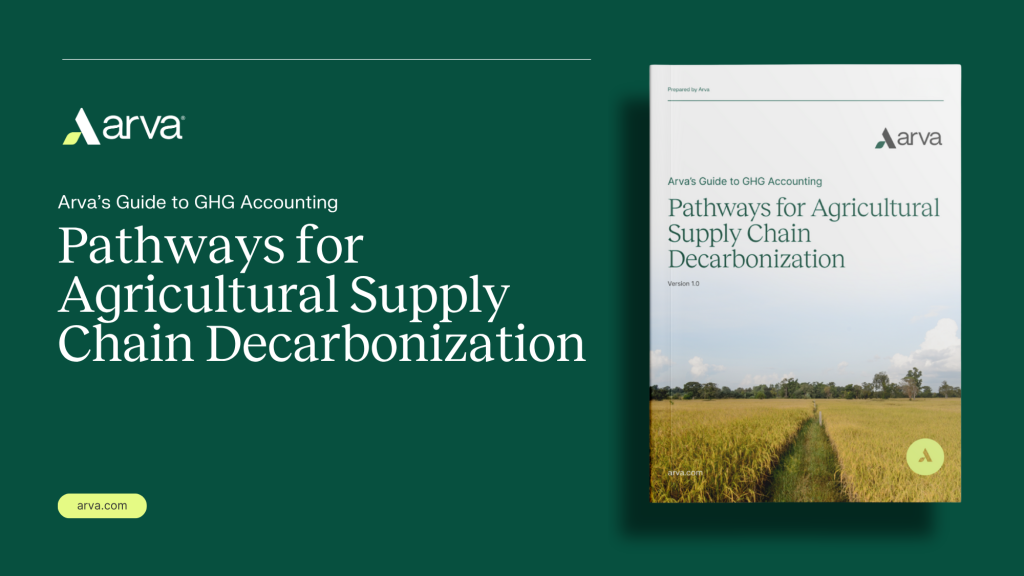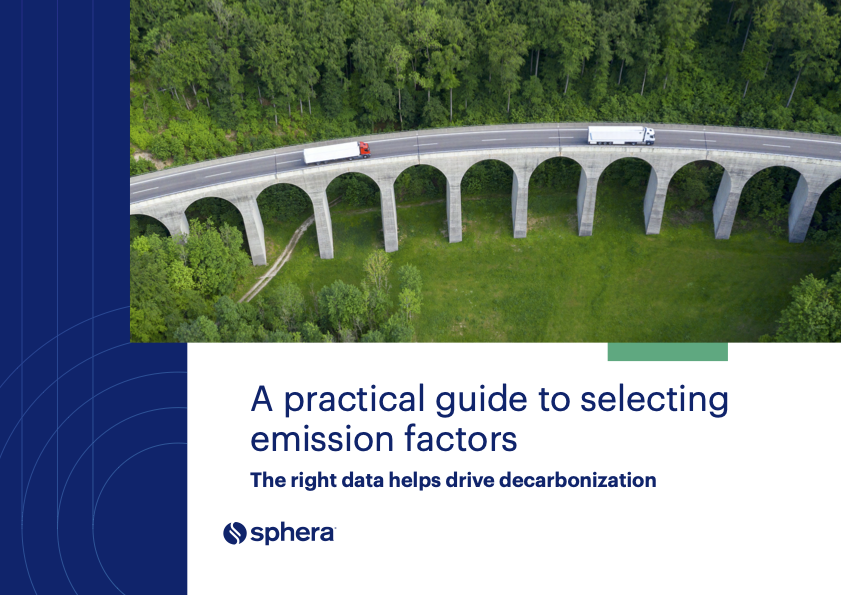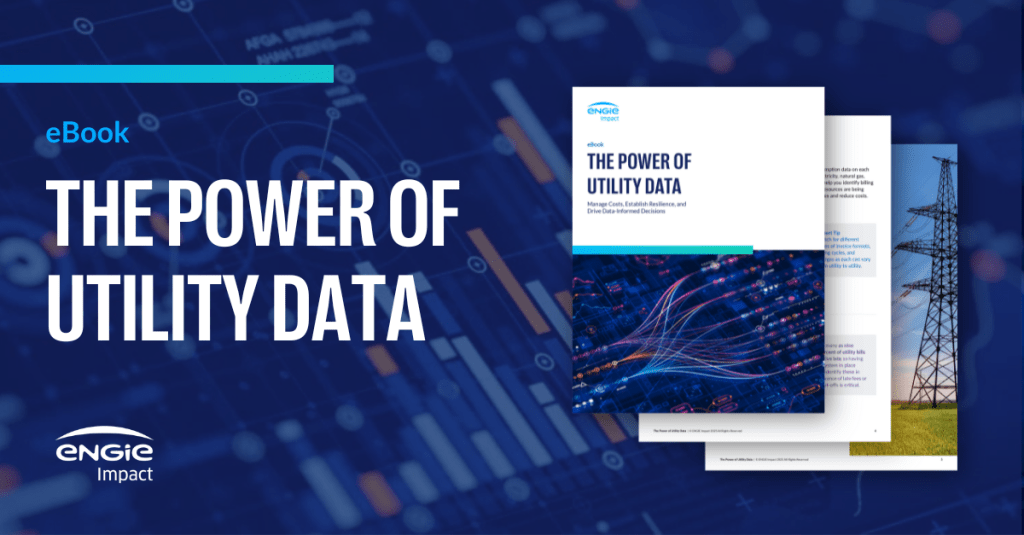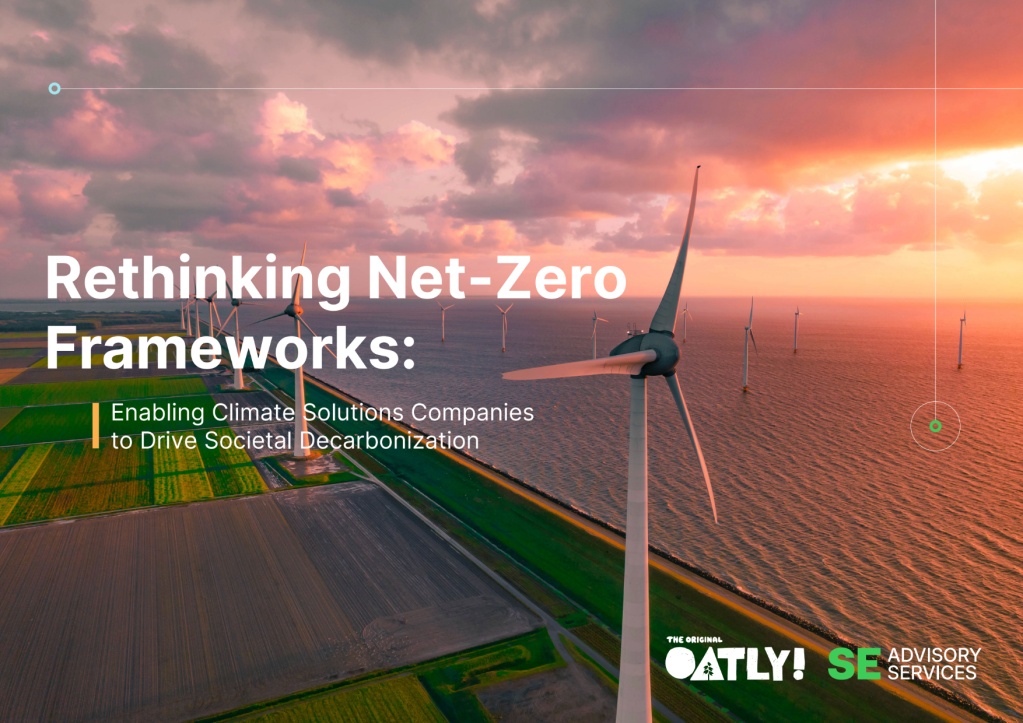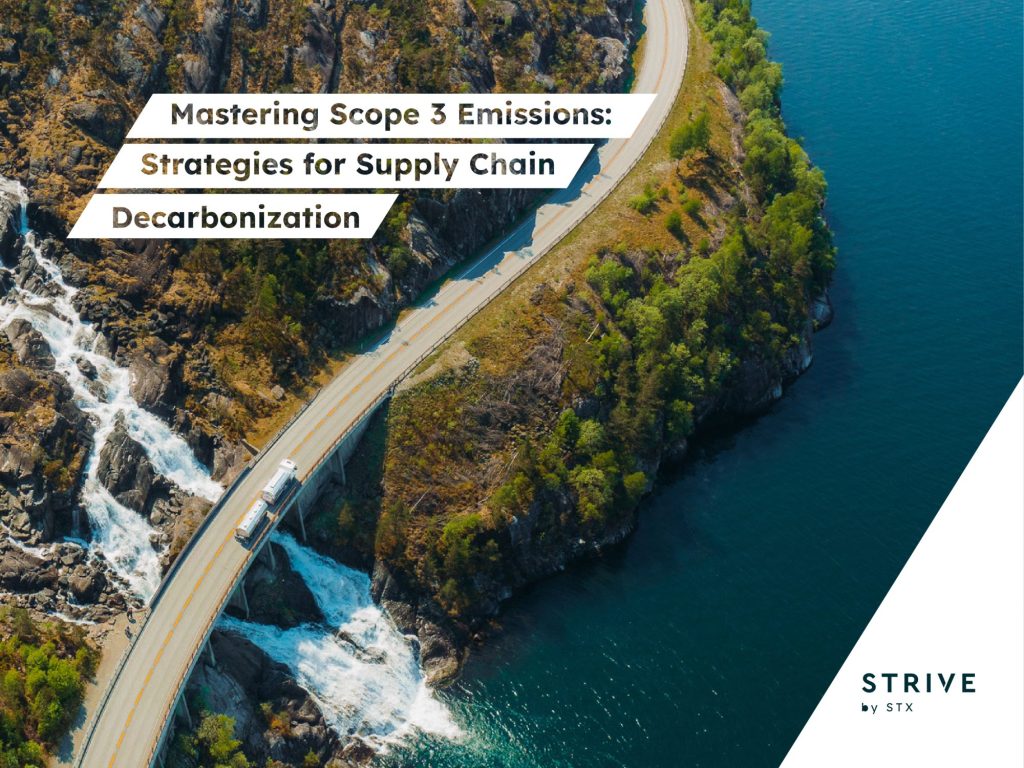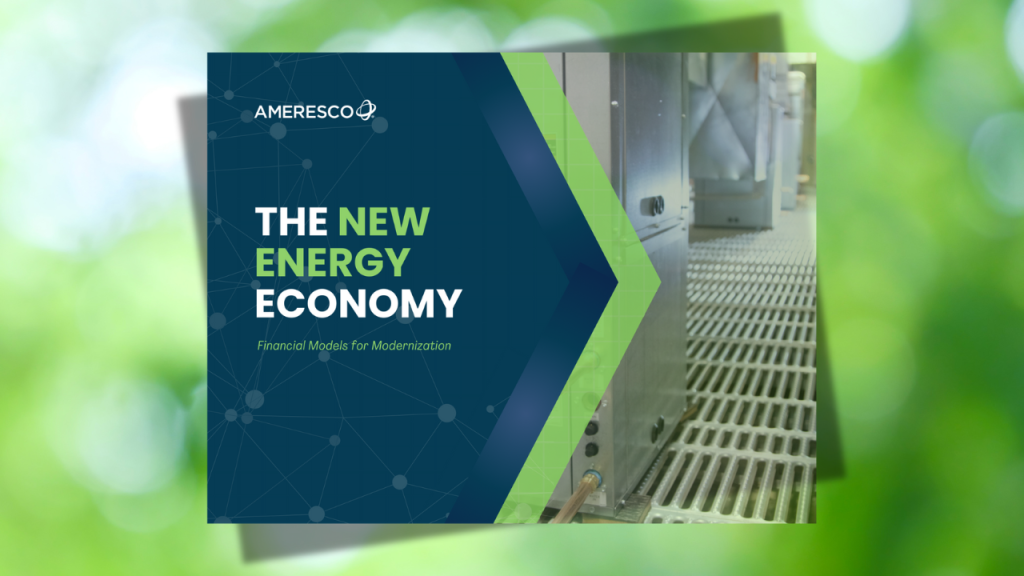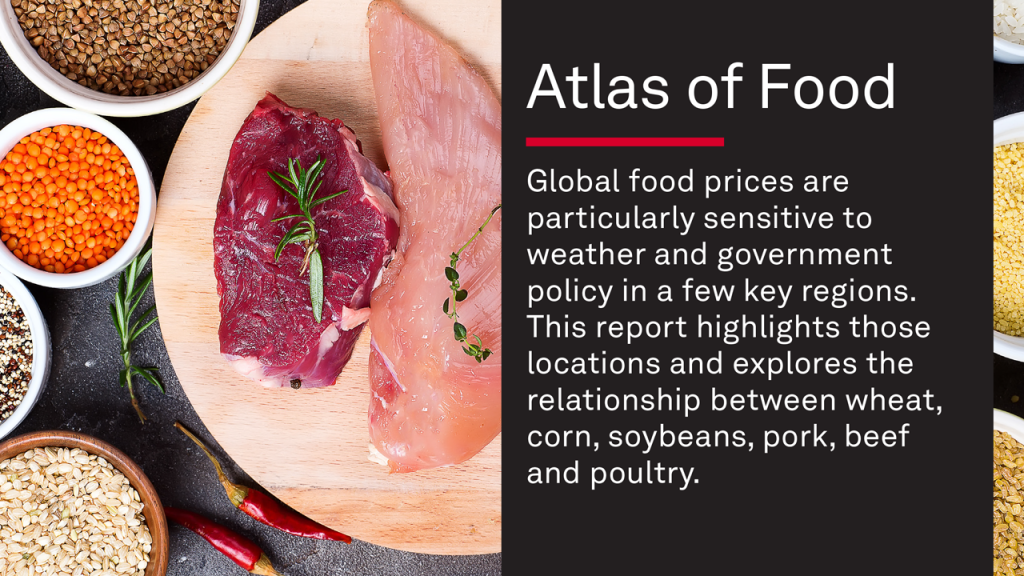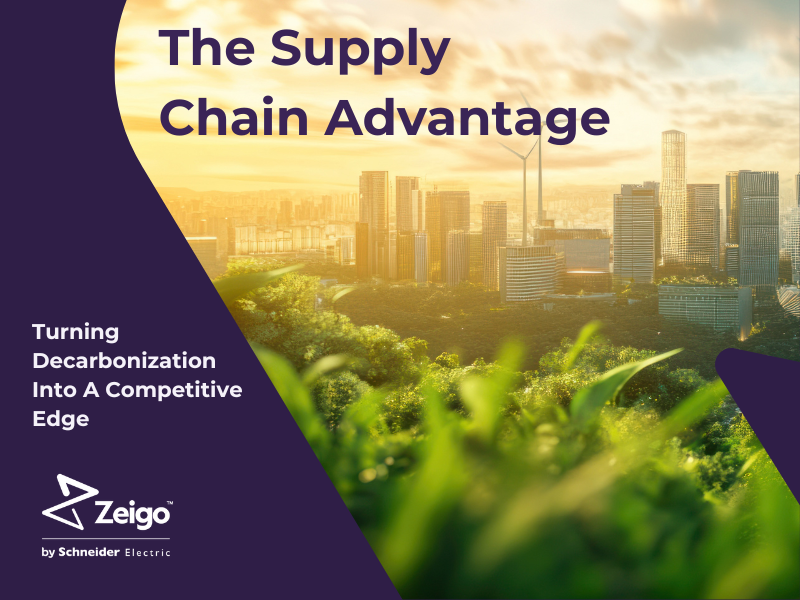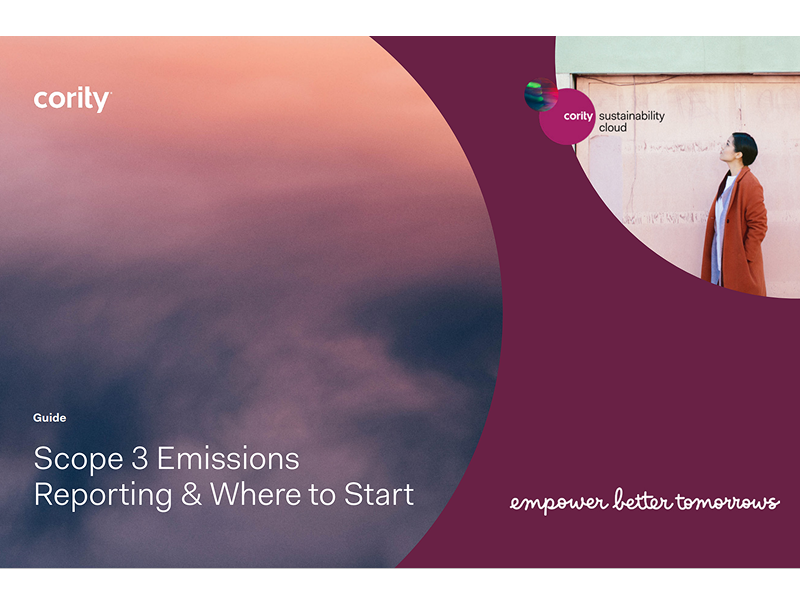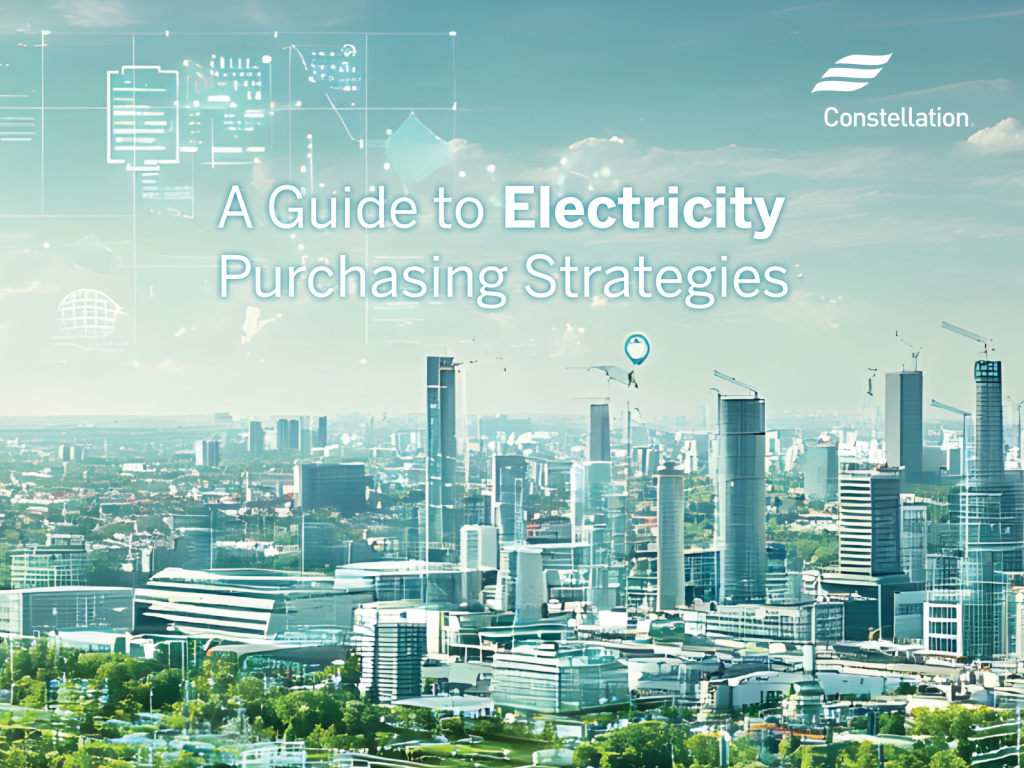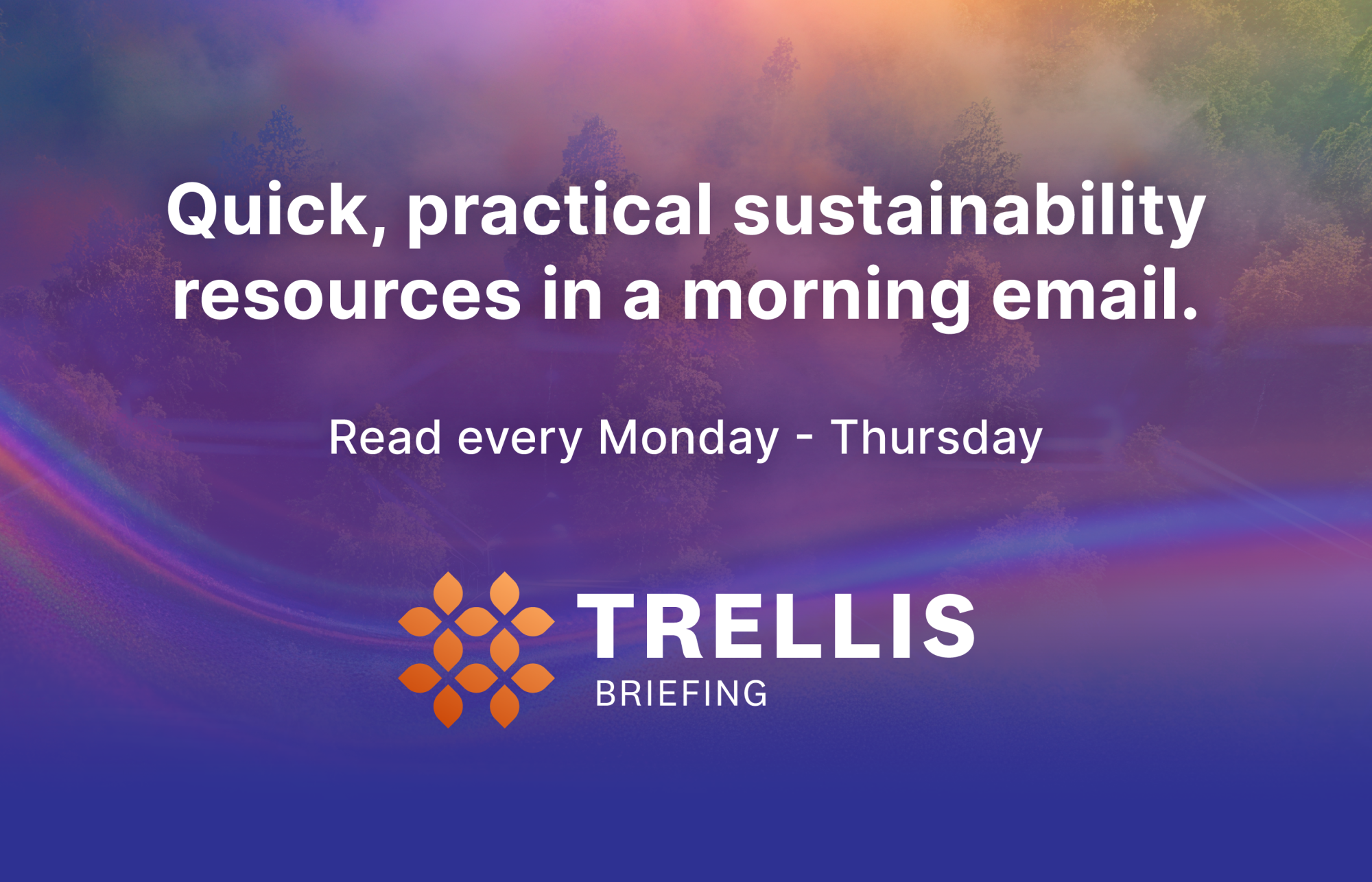IBM’s sustainability chief: 3 strategic ways I’m using AI today
IBM's CSO on how AI can streamline reporting and give teams a competitive edge. Read More

- As CSOs face increasingly expansive remits, AI can help them drive growth, innovation and revenue.
- They can lead the way in making sure their company is pulling ever lever possible to minimize AI’s energy consumption.
- Beyond being a time-saver and streamlining reporting, AI can give teams a competitive edge and speed up R&D on sustainable products and packaging.
The opinions expressed here by Trellis expert contributors are their own, not those of Trellis.
The role of a modern-day CSO can seem like it has an ever-expanding remit. In addition to traditional work around reporting and compliance, many of us now focus on strategy, innovation and business transformation. Like the chief digital officers of the early aughts, the best CSOs are catalysts. They spearhead efforts to capture cutting-edge data on risk and operations, and embed it into business processes.
So it’s not surprising that the latest to-do on many CSOs list is how we should be thinking about AI.
Of course, one intersection between AI and sustainability stands out: energy costs and emissions. But because a CSO’s success relies so heavily on cross-functional data collection and advocacy, AI can also be a key tool in identifying opportunities, automating efficiencies, making cases for action and helping organizations become resilient against risks so they can deliver value for quarters, years and decades to come.
To help the sustainability community understand this tension, here’s how I’m thinking about it.
Making work more efficient
First, the obvious point: AI can be enormously helpful with core sustainability work, by, for example, reading utility bills globally and categorizing spend data within various reporting frameworks — and automatically handling the currency and unit conversions along the way. This kind of streamlined reporting can accelerate progress on corporate goals that may involve renewable energy, waste and water commitments.
The opportunities to plug AI into businesses for more sustainable operations are nearly limitless. At IBM, for example, new AI-powered maintenance module is helping us monitor, maintain and optimize operations with fewer people hours. It helps us boost energy efficiency, minimize unneeded repairs and replacements and reduce waste. The module is estimated to save us 10,000 people hours per year.
AI has also reduced costs and energy use in our cloud workloads and an AI-driven natural language processing model is helping our emissions reporting platform analyze documents and categorize spend by type of emission. It’s also helping with planning and forecasting. That platform has helped reduce reporting costs by 30 percent.
We’re also using AI to help solve a pain point that comes up so often among CSOs behind closed doors: the dramatically increasing number of client inquiries. Banks, manufacturers and government agencies all have procurement criteria or reporting needs that increasingly cause them to ask: How many and what scope of emissions are attributable to our engagement? What circularity options do we have? How do your goals align with a specific framework? Rather than have a relatively small team handle these queries manually, we now have an AI assistant that pulls information from various sources and offers quick, custom answers on such questions.
Adopting AI intentionally
This moment is custom-built for CSOs to influence their internal peers. Any company’s adoption of AI will come with significant energy needs, which are closely aligned with both costs and emissions. CSOs have the wind at their backs as they tap their cross-functional connections with CIOs, COOs and CFOs to make sure their company is pulling every lever possible to minimize AI’s energy consumption.
Those levers involve everything from how power is sourced, to what chips and infrastructure are used, to the size and architecture of selected AI models, and how these models are tuned and deployed. Without CSO involvement, decision makers may focus only on maximum performance, speed or minimizing fixed costs.
It’s still early days to point to dramatic outcomes in this area, but my office has worked closely with IBM’s research teams — that develop our models—and product teams to explore how we can measure energy use in a robust and comparable way, and then how we can integrate improvements into products and articulate the sustainability and lower costs as a software selling point. The point is for CSOs to be a voice at the table and to bring relevant data into consideration.
A CSO can articulate trade-offs others might not be thinking about with water, energy, ongoing total and variable costs and more. They may raise the idea of sufficient performance or speed and help avoid choices that “lock in” challenging pathways when considering longer-term corporate goals. That influence may help an organization choose a more lightweight implementation of AI without raising downstream challenges on costs or progress toward goals or regulatory requirements. For example, a company could use a smaller AI model that handles 90 percent versus 95 percent of initial customer-support inquiries a millisecond slower, but at significantly lower compute costs, reduced need for storage infrastructure, and correspondingly lower need for energy, cooling and maintenance.
CSOs at companies actually building AI models or infrastructure can take an even more muscular approach, emphasizing the design, development and use of models, chips and more that balance realistic business needs with reasonable costs and environmental impacts. At IBM, the best example of this is an approach that favors smaller, less-energy intensive models designed for specific purposes compared to a more energy-hungry, one-size-fits-all option. Nokia’s Head of Sustainability has also discussed his role in this area, pointing to energy-efficient hardware choices, small models and an end-to-end review of the environmental impact of AI systems.
Driving growth and innovation
As CSOs face increasingly expansive missions, AI can help them drive growth, innovation and revenue.
For example, the AI assistant I mentioned above is much more than just a time-saver for my team. It gives our sales team a competitive edge by providing them bespoke, up-to-date information so they can respond to requests for proposals and supplier questionnaires faster. And, by capturing which sellers are requesting the data and why, the assistant brings hard data and visibility to sustainability’s “book of business” and sheds light on the highest-potential business development opportunities.
AI also frees up teams to work on higher-value initiatives. Our AI-powered “Safer Materials Adviser,” for example, detects PFAS compounds in parts, components or formulations, and is being further developed to help source substitutes. This has applications for our own workflows such as chip design, but also for other companies involved in clean energy and packaging. We’re working with Nestlé to use AI to speed up development of environmentally friendly packaging.
For CSOs, taking steps to mitigate the energy challenges posed by AI are table stakes. This moment calls for much more than that and CSOs can rise to the opportunity to shape their organizations’ AI adoption so that it drives sustainable, long-term outcomes.

Subscribe to Trellis Briefing
Featured Reports

The Premier Event for Sustainable Business Leaders




